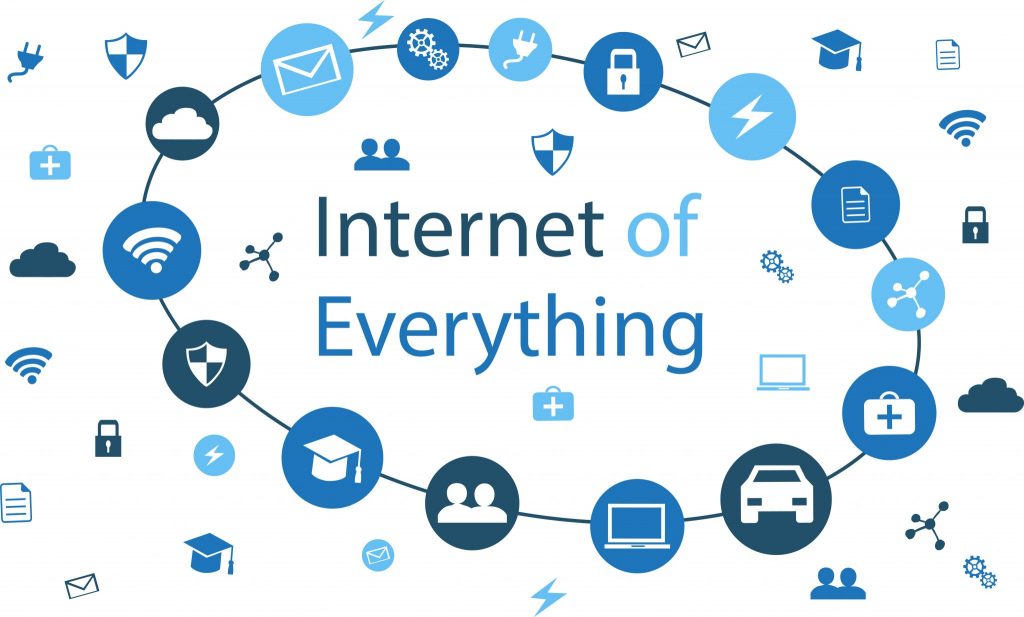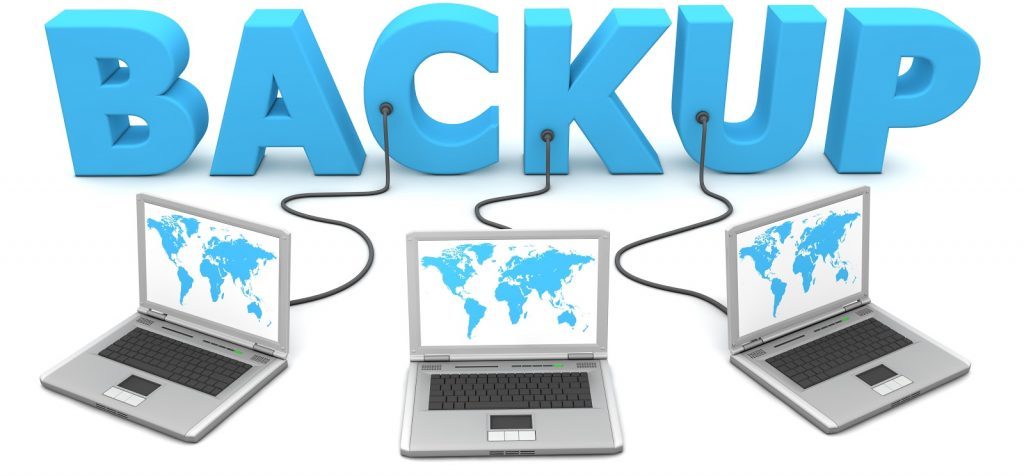
How People, Data, Things and Processes Evolved into IoE
In an article by Angela Karl regarding The Internet of Things and The Internet of Everything, featured on Techgenix.com, she defines why the two Internets are basically the same thing⎯updates to the IoT have led to the IoE. Devices talking to one another is the result of first computers, then phones, then smartphones becoming smaller and mobile. Equipping other devices and machines of various shapes and sizes with this kind of tech has created a massive new area of commerce all over the world.
‘These IoT devices, such as vehicles, wearables, appliances, and more, became embedded with sensors, control systems, and processors in order to enable horizontal communication throughout an open, multinode network. …Because of this, the IoT market is huge, with experts estimating that the IoT will consist of about ’30 billion objects by 2020’ and that the ‘global market value of IoT will reach $7.1 trillion’ by the same year.”
Karl summed up the differences between the IoT and IoE in this paragraph and link:
One succinct example explains that “the Internet of Things as the equivalent of a railroad line, including the tracks and the connections, whereas the Internet of Everything is all of that and the trains, ticket machines, staff, customers, weather conditions, etc.”
Definition of the Internet of Everything
Karl points out that Cisco, which first coined the term the “Internet of Everything,” believes that this process brings people, data, and things together to make networked connections more relevant and valuable. With this, the goal is to have “new capabilities, richer experiences and unprecedented economic opportunity for businesses, individuals, and countries.”
By combining these four pillars, people, data, things and processes, companies hope to make the entire experience more satisfying to the producer and consumer. From manufacturers to mom and pop shops, the process will be smoother, less expensive and easier to access by everyone, everywhere.
That’s not to say that the IoE isn’t without problems. Security tops the list of concerns for most companies. The very idea that hackers might take over control of an autonomous vehicle with tragic results, or take over the algorithm of a Coke machine to start ejecting cans for fun, is certainly reason for concern.
The prospect of using block-chain technology to enhance security adds another dimension to consider. ‘The idea of a distributed network, rather than one that is centralized with a single point of failure, could greatly assist with security. Additionally, as intelligence evolves, the hope is that the devices and networks will be able to grow knowledgeable enough in order to identify, locate and stop any harmful threats.”
For a deeper look at security in the Internet of Things and The Internet of Everything, check out the Top IT Security Commandments in this link.








Leave A Comment